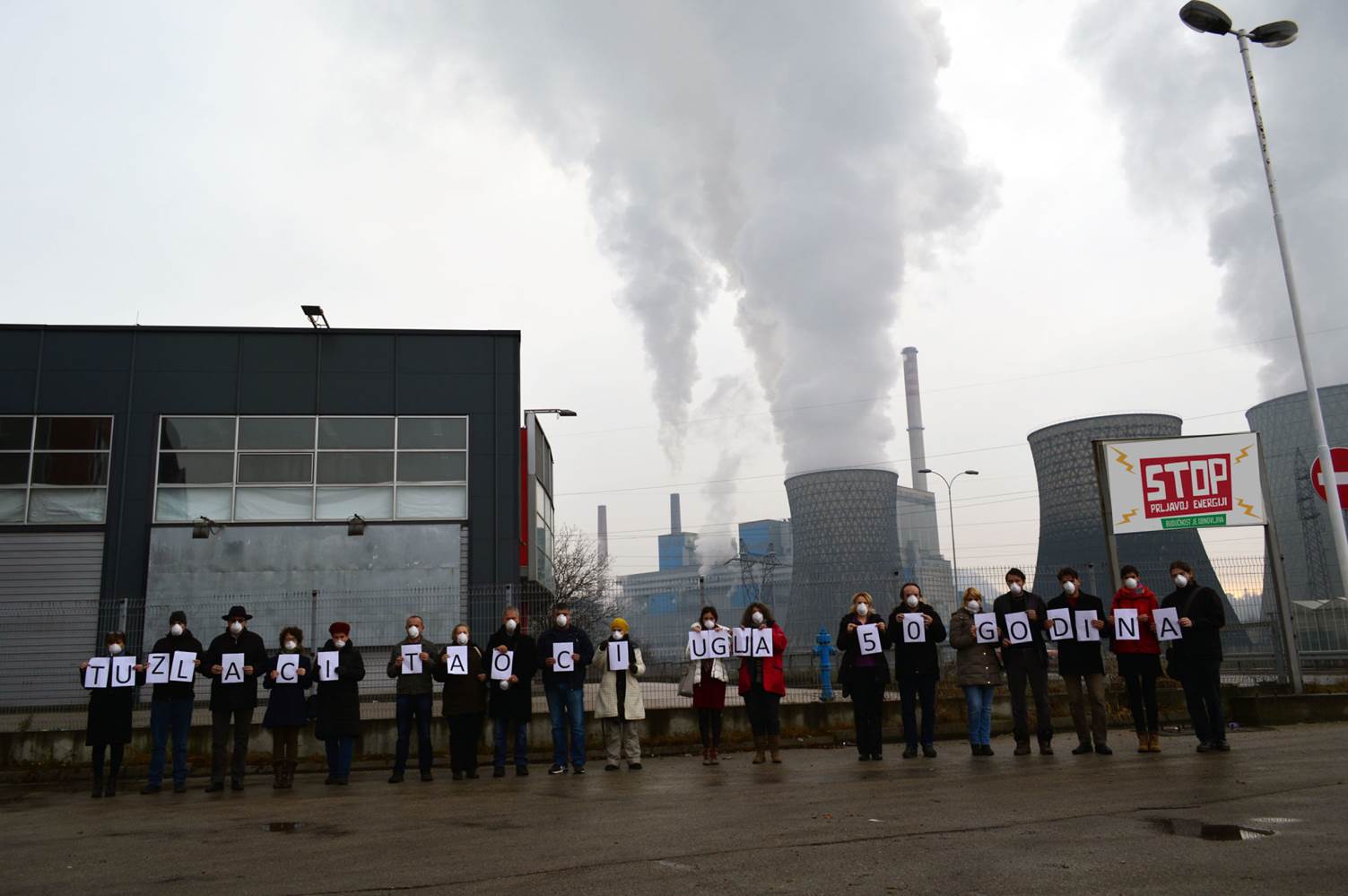Frans Timmermans (Vice-President of the EU commission), Kadri Simson, Commissioner for Energy and Virginijus Sinkevičius, Commissioner for Environment and Oceans
This petition is run by Bankwatch, HEAL, CAN Europe, Europe Beyond Coal, Sandbag and VedvarendeEnergi
Petition text
We call on you to ensure that EU pollution control standards are enforced in the Western Balkans. The region’s only 16 but very dirty coal plants pollute as much as the entire fleet of 250 in the EU and cause premature deaths across the continent.
Why is this important?
There is a dark cloud over Europe. Air pollution from fossil fuel power plants is taking its toll across the continent on people’s health and their wallets. [1] Nowhere is the threat more prevalent than in the countries of the Western Balkans, where outdated power plants are allowed to burn coal and emit pollution at levels not allowed in the EU. This pollution is reaching EU countries too. [2]
Pollution knows no borders, and some of the worst originates in Europe’s southeast corner. 16 coal power plants in the Western Balkans emit as much sulphur dioxide and dust pollution as the entire fleet of coal plants in the EU. In Bosnia and Herzegovina, one of its outdated power plants emits as much sulphur dioxide as all of Germany’s plants combined.
As a result, these power plants are causing every year 3,900 premature deaths, 8,000 cases of bronchitis in children and other chronic illnesses across the continent that cost health systems and economies up to EUR 11.5 billion. In the EU itself, these health costs resulting from pollution in the Western Balkans are upwards of EUR 5.8 billion. [3]
But while Europeans bear the brunt, the European Commission remains silent.
Locals are now fed up. In recent years protests have drawn tens of thousands of people into the streets to demand better air to breathe and cleaner sources of energy. From Tuzla in Bosnia and Herzegovina to Pristina in Kosovo, people are tired of fossil fuels poisoning their children and draining their wallets. Elected officials have failed to react, so what is needed is a unifying groundswell from across Europe that says ‘No to pollution, yes to clean air!’
Inside the EU, people pressure has contributed to an increasing number of governments announcing coal phaseouts. But little is being done about the pollution from the Western Balkans.
The countries of the Western Balkans plan to join the European Union, meaning that they will soon have to apply the same laws as elsewhere in the EU. At the same time, all have signed up to the Energy Community, which already obliges them to implement some of the EU legislation, including on pollution control.
The European Commission, which otherwise considers itself a leader on climate and energy transition, has so far been disturbingly quiet. We need the European Commission to add its weight to the Energy Community in order to send a strong signal to governments in the region that their polluting ways can continue no more.
In particular, we ask that the European Commission:
- more actively supports the Energy Community Secretariat to enforce the EU’s Large Combustion Plant Directive, which governs the levels of emissions from fossil fuel-based electricity production and has been in force since January 2018 in the region.
- Insists on applying newer EU pollution control standards known as the “LCP BREF” in the region to better protect public health.
The coal plants in the Western Balkans are harming people in the region and beyond, in the wider EU. The European Commission must stand up for them.
With a new Commission taking the reign, now is the time to demand that Commissioners tasked with turning Europe into a climate-neutral continent start their mandates with decisive action and help break up the dark cloud of pollution over Europe.
References
- Annex 2, page 40 of
https://www.env-health.org/wp-content/uploads/2019/02/Chronic-Coal-Pollution-report.pdf - https://www.env-health.org/wp-content/uploads/2019/02/Chronic-Coal-Pollution-report.pdf
from page 32 - https://www.env-health.org/wp-content/uploads/2019/02/Chronic-Coal-Pollution-report.pdf
page 5 and 8

